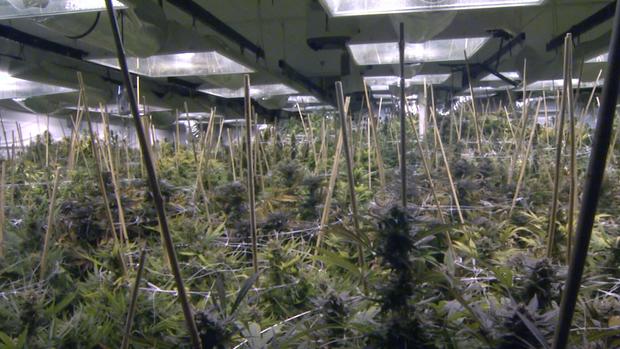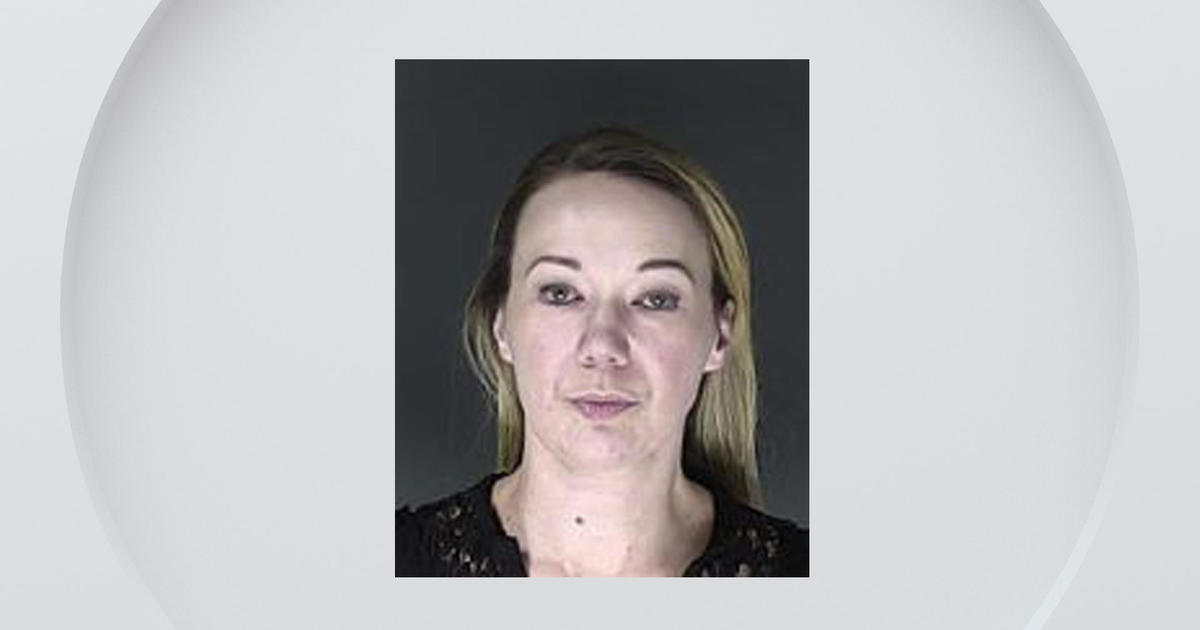Marijuana Warehouses Creating Massive Energy Demand, Emissions
DENVER (CBS4) - When John Kocer opened his latest Xcel Energy bill and saw the cost -- $21,500 for one month of electricity and climate control -- he didn't complain to the utility, he simply paid it. It's the cost of doing business for Kocer and others in the medical marijuana business.
"Energy consumption in this business is pretty astronomical," said Kocer, one of the owners of River Rock, which has retail medical marijuana dispensaries and a massive warehouse in north Denver, where the lights operate around the clock and the climate control whirs constantly.
"As this industry expands at its current pace I do believe that we will be a tax on the energy grid: something has to change," he said.
While Kocer's monthly $21,500 bill is attention grabbing, he told CBS4 one of his competitors pays a monthly utility bill of $100,000 per month for their warehouse grow operation.
Denver is now home to dozens of massive marijuana growing warehouses, and CBS4 obtained a full listing of their locations. Most are clustered along Interstate 70 north of downtown and South Santa Fe Drive, south of Interstate 25. And these massive warehouses are taking a toll on the energy grid, according to growers and scientists.
According to a 2011 study on energy use in the marijuana industry, indoor pot production uses about $6 billion worth of energy every year, using enough electricity to power 2 million average homes. The study by researcher Evan Mills at the Lawrence Berkeley National Laboratory reports the marijuana industry is using 1 percent of national electricity consumption and is creating greenhouse gas pollution equivalent to that of 3 million cars.
The city of Boulder has recognized the emissions issue and the carbon footprint being created by the rapidly growing marijuana industry.
"We can't have a burgeoning industry that is driving our carbon emissions up," said Boulder City Councilman Macon Cowles.
Boulder requires marijuana growers to purchase their energy from renewable sources like wind energy, solar or buy carbon offsets, increasing their growing costs an estimated 20 to 22 percent.
"The marijuana is greener in Boulder," said Cowles. "It has less environmental impact, and we are very proud of that."
With recreational marijuana becoming legal in January, insiders predict the demand for their product, and their need for more energy, will dramatically increase.
"Conservatively we expect our sales to go up 400 percent, or four times, if we can grow enough," said John Kocer.
Faced with daunting energy bills, Kocer and his business have expanded their growing operation to include an 18,000 square foot greenhouse, which will primarily use solar power as opposed to artificial lights.
"Our goal here is to lower our costs as much as possible to pass it on to our patients," said Kocer. He said his new greenhouse will only use about 6 percent of the energy required to grow the same amount of marijuana indoors.
In Boulder, one grower is experimenting with new lighting systems that use about five times less power than standard lighting systems. The new system is manufactured by iGrow Induction Lighting from Cleveland, Ohio.
"Not only are we saving energy and the carbon footprint, we are actually growing plants well," said Ari Seaman of iGrow.
Seaman characterized the marijuana industry as an energy hog and said the industry has to find ways to reduce its carbon footprint and greenhouse gas emissions.
- Written by Brian Maass for CBSDenver.com






